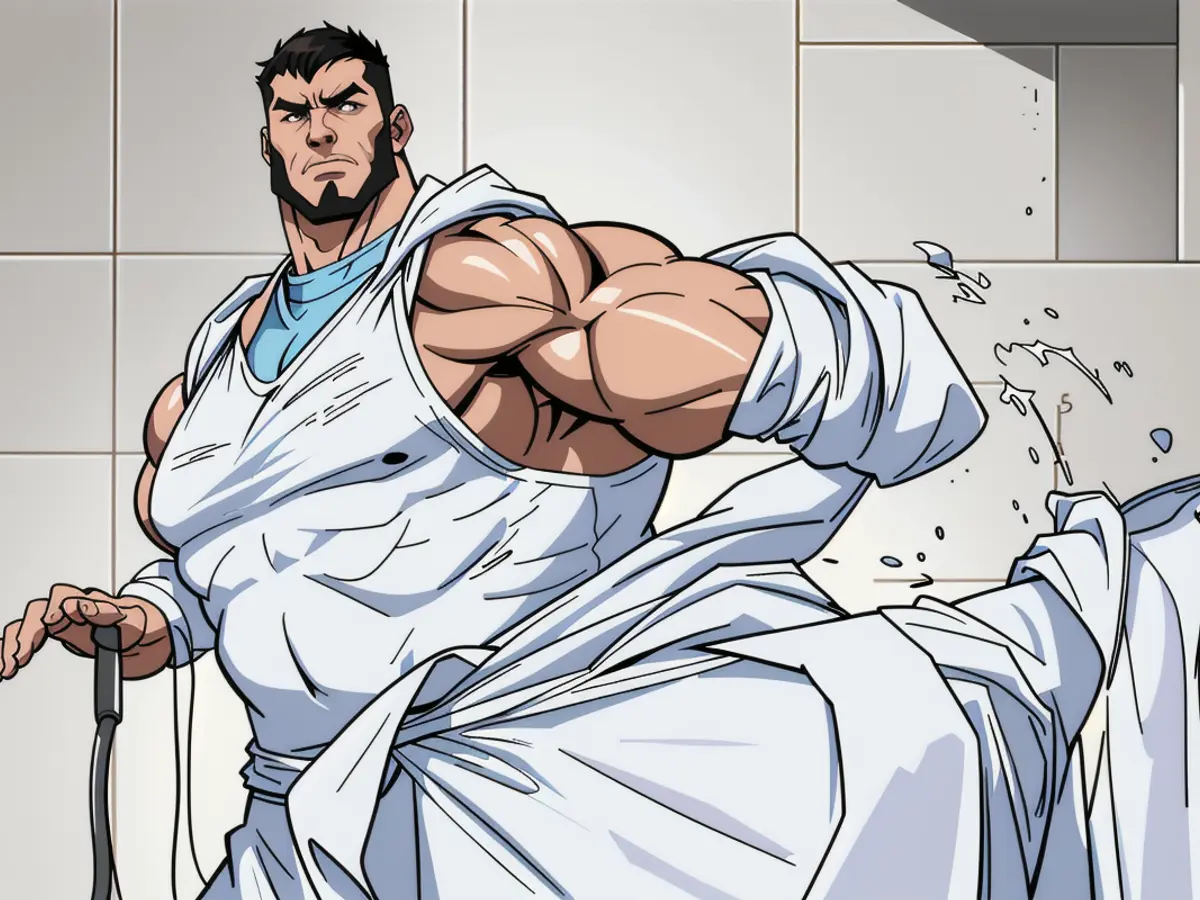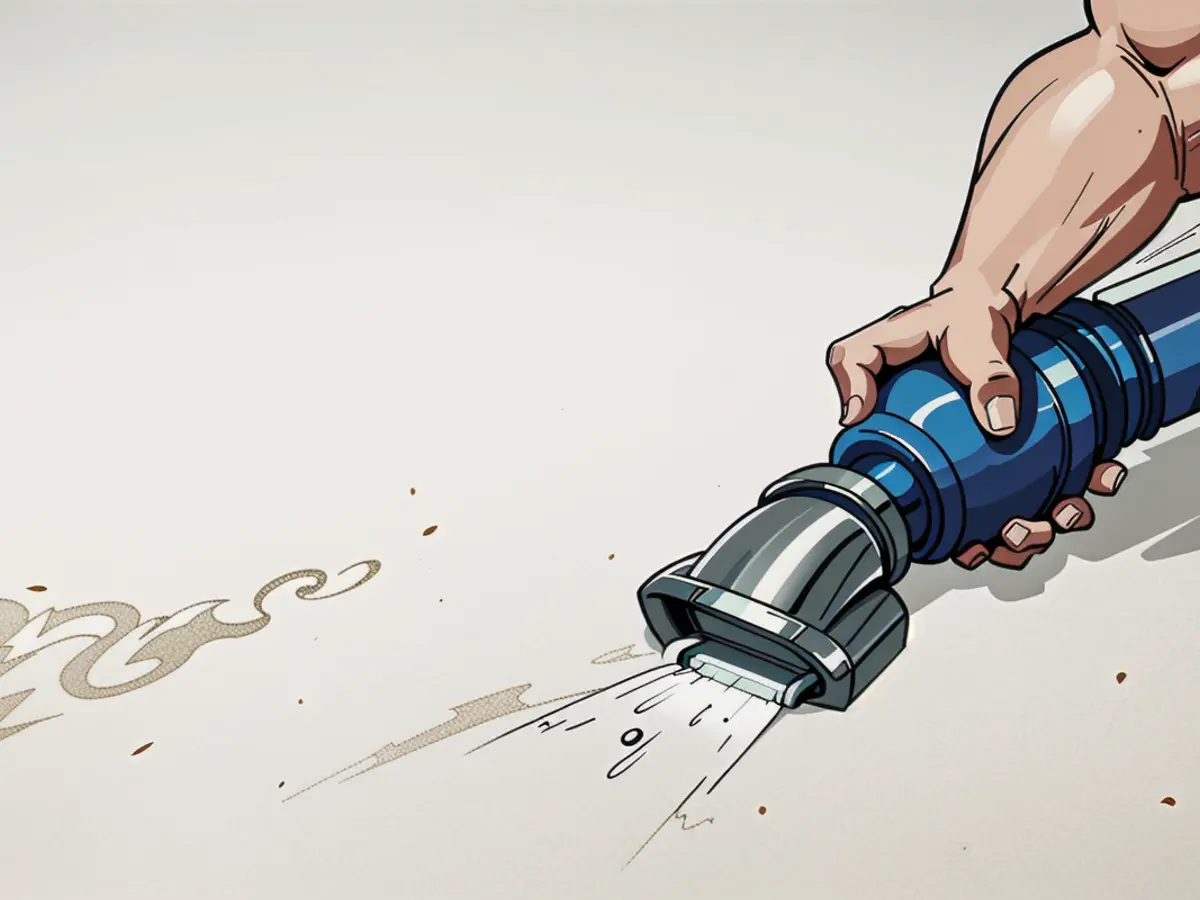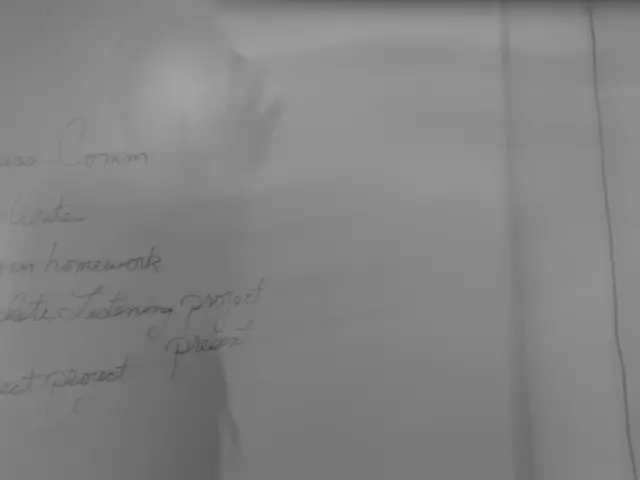Techniques for Unclogging a Shower Drain: Two Convenient Solutions
There's nothing more annoying than jumping into a shower, only to find that your feet are submerged in water minutes later. A blocked shower drain can cause numerous problems, and keeping it clean and free-flowing is crucial to prevent future plumbing issues.
Andre Hancock is the President of Gilman Heating, Cooling & Plumbing in Richmond, Virginia.
Before Getting Started
Regular drain maintenance, whether it's in the bathroom or kitchen, is essential for maintaining a healthy plumbing system. Cleaning the shower drain regularly is an excellent way to prevent clogs and burst pipes caused by obstructions. Besides that, it's also important for hygiene and safety reasons.
"The shower drain deals with a lot of things like hair, soap foam, shampoo residue, shaving foam, scrubs, and hair oils/conditioners," explains Hancock. "All of this has a nasty habit of accumulating around the drain and in the pipe beside it, leaving a lot of deposits on the edges of the pipes and in their bends. These deposits build up until they block the drain, preventing water from flowing into the sewer system effectively."
Potential Issues From A Clogged Shower Drain
With small clogs, you may only notice a slightly slower drain at first: the water will build up in the shower while you are washing and will only drain completely once you turn off the water. "Standing in dirty and soapy water in the shower isn't the most comfortable experience, but it's not the worst," says Hancock. "However, clogs eventually start to give off an unpleasant odor because soap, hair, and other organic matter get stuck in your pipes." And if mold starts to grow there, which thrives in moist environments like showers, it will start to smell even worse.
If you take things too far and the pipe is almost completely blocked, you risk damaging your plumbing system altogether. Clogging can lead to increased pressure in the pipes, which can cause them to burst or crack. "If this happens, you'll face water damage in your home," says Hancock. "Sometimes, the damage isn't visible, but it can still cause structural damage to your house."
A clogged drain can develop into a clog deep inside the sewer system, which can lead to backflow (when dirty water from the sewer system flows back into your home). This can cause a potential disconnection from the sewer system.
Considerations To Take
The right tools: It's always a good idea to wear gloves to avoid damaging your skin and to maintain hygiene. "Some products can potentially damage certain surfaces of the shower," says Hancock. "For example, if you resort to using vinegar or citric acid, since they are acids, they can corrode natural stones (since they are porous) and can also affect grout tiles (if they are in constant contact with the product, they become more susceptible to damage)."
Know the products: These acids can also be corrosive to plumbing fixtures made of or coated with metals and can cause them to corrode. "Hydrogen peroxide is less acidic, but can still cause problems with some surfaces if left for too long," says Hancock. "It can potentially bleach or discolor certain materials, like colored grout. Just be mindful of what, how, and where you plan to use it."
What You’ll Need
- Plunger
- Plumbing snake/drain auger
- Adjustable wrench/pliers/screwdriver
- Bucket
- Gloves
- Brush/rag
- Baking soda
- Vinegar or lemon juice
- Salt
- Dry/wet vacuum cleaner
How To Clean A Shower Drain
Method 1: Removing The Drain Cover And Manual Cleaning
Step 1: Determine the type of shower drain cover
Inspect the drain cover to identify its type:
- Screw-on cover: Screws that you need to unscrew to remove the cover.
- Snap-in cover: Attached to the drain hole with small clips.
- Lift-and-twist cover: Lift up and unscrew underneath the cover to remove it.
- Hidden screw cover: Screws are hidden under a decorative cover.
- Twist-and-lock cover: Secured with a grid system or metal clips.
Step 2: Remove the drain cover based on its type
- Screw-on cover: Unscrew the screws carefully using a suitable screwdriver.
- Snap-in cover: Use a flat-bladed screwdriver to gently slip it between the cover and the floor. Then, slowly pry the cover off.
- Lift-and-twist cover: Lift the cover and unscrew the screw underneath the cover to remove it.
- Hidden screw cover: Identify the hidden screws under the decorative cover and use the appropriate screwdriver to unscrew and remove the cover.
- Twist-and-lock cover: Twist the cover to unlock it from the grid or metal clips and remove it.
- DIY solutions (such as baking soda and vinegar),
- A plunger to dislodge any blockages,
- A drain snake for manual removal,
- A vacuum cleaner to suction out any debris
After clearing the obstruction, pour boiling water down the drain to eliminate any remaining debris.
Step 4: Clean the drain cover
Use a brush soaked in soap or vinegar to scrub and clean the grime from the cover itself.
Step 5: Put back the drain
Once cleaned, put the cover back on by following the reverse steps for removal based on the cover type.
Method 2: Using Baking Soda And Vinegar
For Mild Blockages:
- Sprinkle baking soda into the drain.
- Add vinegar in a 1:10 ratio, 1 part baking soda to 10 parts vinegar.
- Cover the drain tightly with a lid or something heavy to contain the gasses.
- Let the mixture sit for 15-30 minutes.
- After the waiting period, rinse the drain with boiling water.
For More Severe Blockages:
- Combine 50g of baking soda with 50g of soda ash.
- Sprinkle the mixture into the drain.
- Add 150ml of 9% vinegar and a small quantity of chlorine bleach into the drain.
- Secure the drain with a plug to contain the chlorine fumes.
- Wait for 30 minutes.
- After the time has passed, rinse the drain with hot water from the faucet for 30-40 minutes.
Was this guide helpful? Please share your thoughts! Tell us why!
Regular cleaning of the shower drain is crucial for maintaining a healthy plumbing system and preventing clogs, as highlighted in Southern Living's article. Andre Hancock, the President of Gilman Heating, Cooling & Plumbing in Richmond, Virginia, emphasizes the importance of regular drain maintenance and the potential issues that can arise from a clogged shower drain, such as unpleasant odors, mold growth, and damage to the plumbing system. It's important to use the right tools and products to clean the drain effectively, avoiding harmful acids that can damage natural stones, grout tiles, and plumbing fixtures.




